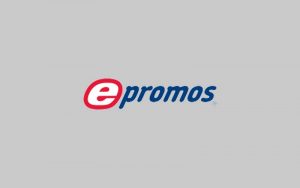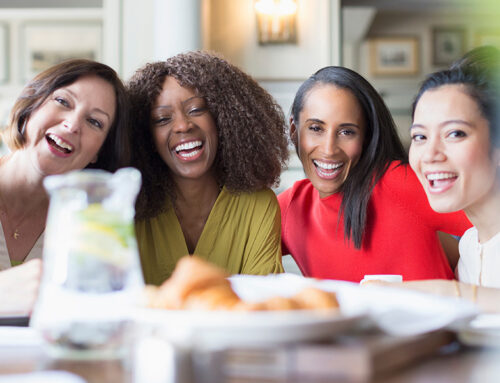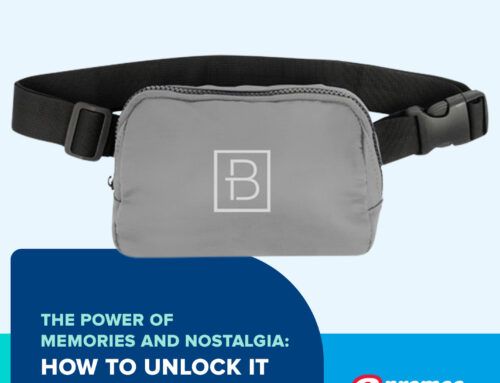06/30/2016
How Businesses Use Color to Their Advantage
Color Psychology argues that the spectrum of colors can elicit a spectrum of emotional responses. Some common theories that illustrate this is the belief that red cars appear to be moving faster, or that yellow walls in a house can set off a tranquil vibe. Notions such as these are just the tip of the iceberg on color theory, but help to demonstrate the depth and breadth of the tie between colors and psychology.
Companies can resourcefully take advantage of color theory in their branding to create a certain unspoken, intuitive relationship with their customers. Companies like Target and Coca Cola utilize red logos in their branding in an aim to generate a feeling of excitement and youthfulness. Other companies like Lowes and Dell utilize blue to suggest dependability, logic and trustworthiness.
Emotional Responses to Colors
According to a study from Kiss Metrics, “92.6% of people say the visual dimension is the #1 influencing factor affecting their purchase decision (over taste, smell, etc).” The study goes on to argue that people make a subconscious assessment of a product within 90 seconds – and that 90% of the customer’s assessment is based on color alone.
Let’s take a look at a few common colors to see the positive psychological responses they are associated with:
- Blue: Intellect, communication, trustworthiness, effectiveness, peace, reason, coolness, serenity
- Red: Strength, warmth, vigor, stimulation, masculinity, enthusiasm
- Yellow: Positivity, self-assurance, confidence, emotional intelligence, sociability
- Green: Harmony, stability, refreshment, rest, restoration, encouragement, growth, environmental sustainability, harmony
- Orange: Warmth, safety, sensuality, passion, abundance, entertaining, social communication
- Pink: Physical serenity, nurturing, femininity, love
- Black: Sophistication, sleekness, expensiveness, glamour, security, efficiency, luxury
- White: Purity, wholeness, perfection, innocence
- Purple: Imaginative, creativity, youthfulness
- Brown: Serious, earthy, security, protection and coziness
Many brands, such as eBay and Google, incorporate multiple colors into their logos to show diversity and inclusivity. It should be noted that the above emotional-color associations can be merely viewed as general guidelines.
Harmonious Color Combinations
Regardless if your brand incorporates one primary color or multiple colors, another crucial consideration in soliciting a positive response from your customer is color harmony. “[Harmony] engages the viewer and it creates an inner sense of order, a balance in the visual experience” says Color Matters, “At one extreme is a visual experience that is so bland that the viewer is not engaged. The human brain will reject under-stimulating information.’
‘At the other extreme is a visual experience that is so overdone, so chaotic that the viewer can’t stand to look at it. The human brain rejects what it cannot organize, what it cannot understand.” To this end, selecting the right primary color for your logo is only the first step: it’s also critical to ensuring your secondary and tertiary colors are complementary in order to elicit a positive end-user experience.
Your Target Demographic & Their Relationships to Colors
The demographic of your target audience is also an important consideration as people from different cultures, age groups, genders or backgrounds may have different relationships with colors. To illustrate this, men and women generally both have a negative response to brown and orange on websites. However, their response differs when it comes to purple, which elicits and positive response from women and a negative response from men.
Corporations such as McDonalds effectively take their target market into consideration by utilizing red and yellow. These colors are generally appealing to kids, as it increases their appetite but also creates a sense of urgency – thus wanting their fast food fast.
Customer Conversion Through Use of Strategic Color
That being said, the color of a logo, product packaging, website design, or even a store interior can trigger a potential customer to convert – such as buying, subscribing, donating or signing-up. In terms of integrating color into your website, it is also wise conduct A/B testing, where some visitors will see a different version of your call-to-action, such as a yellow “Buy Now” button which was previously red. Then you will be able to track conversions/clicks and see if the there is a positive correlation between increased sales and the button’s new color.
Color Strategy Overview
In summary, there is a multitude of considerations when leveraging color for your brand. When choosing a primary color for your logo, you must ask yourself what emotional response you are hoping to provoke from the end user – be it excitement or conversely, tranquility. It is important that thoughtful color consideration doesn’t stop there however, as it’s important to wisely select secondary and tertiary colors that they are in harmony with one another.
Brands should also keep their target demographic in mind, as relationships with colors differ across genders, ages, cultures, and other socioeconomic backgrounds. This is why it’s a good idea to test colors with your audience, be it through A/B testing on your website or changing product packaging. While colors have some general emotions associated with them (as outlined above), it’s important to recognize that psychological color theory is subjective and should not be generalized. Be sure to test and conduct adequate research to find the brand color that is right for your audience.
Sources:
- http://www.colormatters.com/color-and-design/basic-color-theory
- https://blog.kissmetrics.com/how-colors-affect-conversions/?wide=1
Do you want to learn more? Contact us today at 877-377-6667 and we’ll help you use the optimal colors to promote your brand.






